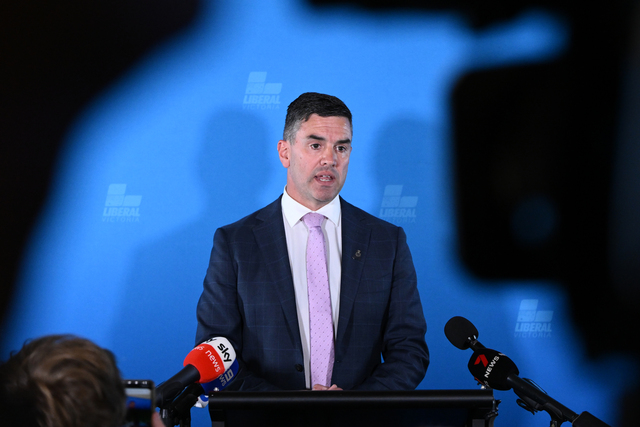THE development of Cranbourne North is one step closer with Casey Council putting in the final touches to its development plan.
The plan caused debate in the council with some councillors believing high-density areas of up to 50 dwellings per hectare was too much.
Councillor Lorraine Wreford said the mix of densities, from 10 to 15 dwellings per hectare to 25 to 50 dwellings per hectare, was a good outcome for people seeking different types of accommodation.
But she was concerned 50 dwellings would make the area too condensed.
Councillor Janet Halsall said the high-density area could drag Cranbourne down.
Casey CEO Mike Tyler said the council needed to have the flexibility in the future if circumstances changed such as if it was decided to build a retirement village in Cranbourne North, as further limiting the amount of dwellings would hinder such a development.
Under Section 29 of the Planning and Environment Act 1987, the council decided last week to adopt Amendment C77, effectively rezoning the land from a rural zone to a residential, mixed use and business zone.
The section of land has borders along Narre Warren-Cranbourne, Glasscocks and Thompsons Roads.
Areas with 10 to 15 dwellings per hectare would make up 62 per cent of the land, while high-density areas would make up a minimum eight per cent of the land.
Cr Halsall said she hoped the development now moved ahead with some speed and that the State Government would accept the council’s recommendation.
“I think this new recommendation represents a good compromise in that officers, councillors and stakeholders were given the opportunity to consider a little more carefully within the boundaries of what the State Government was willing to deliver,” Cr Halsall said.
Deputy mayor Rob Wilson said the development had been planned for four years as the “world’s best new suburb”.
“We need a housing mix and this delivers that,” he said.
“This has been planned so well by the council officers in consultation with the owners.”
Council plan for suburb’s future
Digital Editions
-

Battin critical of government response to alleged childcare sex offender
This article includes details of alleged child sexual offences that could be distressing to readers. Berwick MP and opposition leader Brad Battin has been critical…





